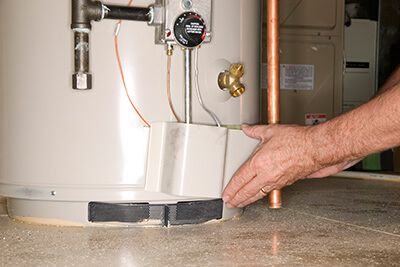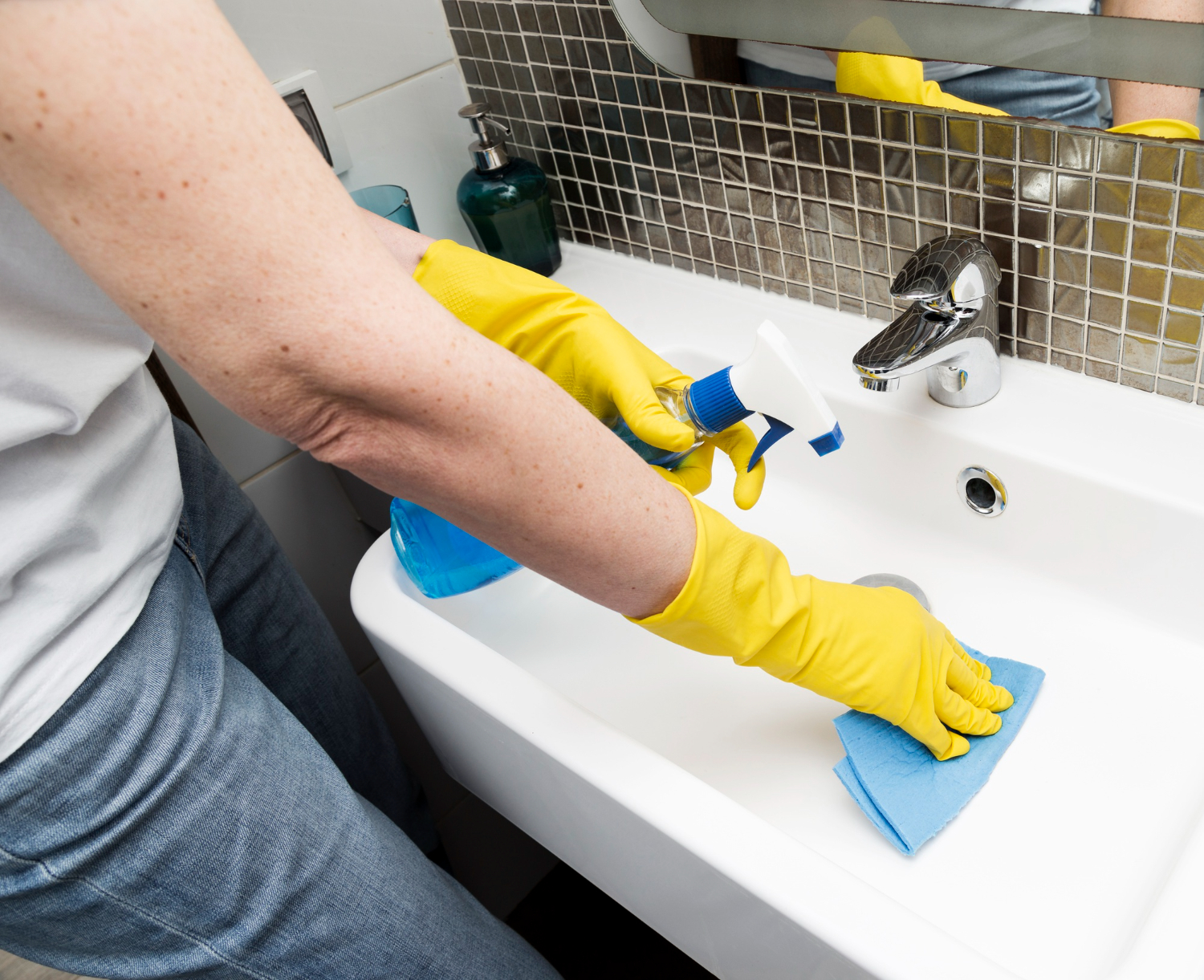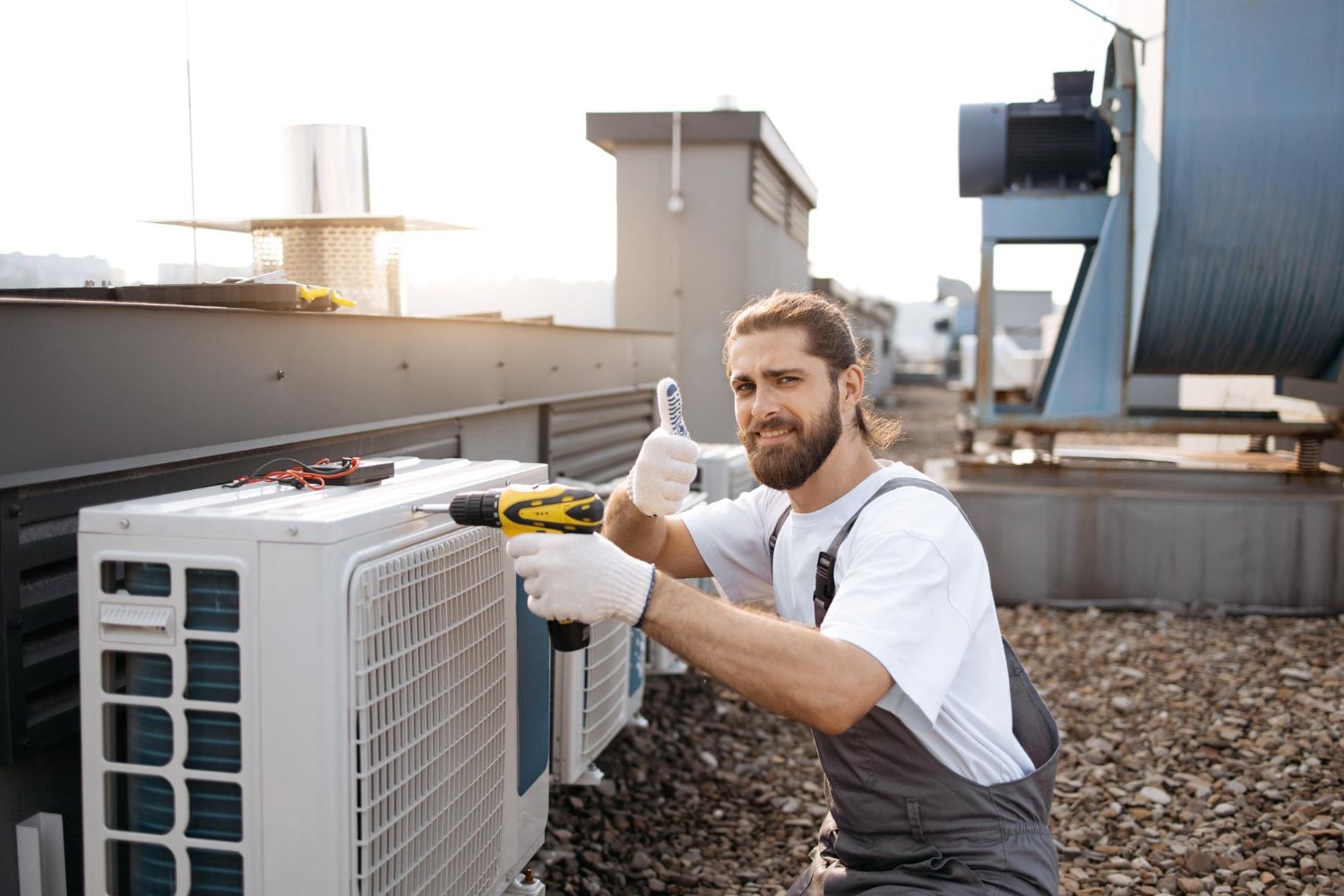At Power Pro Plumbing Heating & Air in Long Beach, we love completing all sorts of plumbing services Long Beach CA for our customers. But we also respect homeowners and business owners who want to tackle some of their plumbing tasks themselves.
One particular task that seems tricky on the surface but is can actually be explained simply is flushing your water heater Cerritos CA. At least once a year, you should flush your hot water heater and cycle in new water to help get rid of excess sediment and contaminants in the system. Not only will this improve the quality of your hot water, but it also can significantly extend your water heater’s lifespan– a win-win!
- Tell everyone in your home: Notify everyone in your home that they should not use a hot water tap until you tell them otherwise.
- Turn off the thermostat: Find the thermostat on your hot water heater and switch it to “off.” Electric water heaters should also be shutoff at the circuit breaker for added safety.
- Turn off the gas: Gas-based water heaters need to have the gas pipe leading into the thermostat shut off as well.
- Turn off the water: The last thing to turn off is the cold water supply, which should be cranked off like any other water valve in your home.
- Turn on some “hot” water: Go to the nearest faucet in your home and turn on the hot water tap. The water should not get hot because you shut off the gas and thermostat. If it does get hot, something is wrong and you should call a professional emergency plumber Long Beach for help. If it doesn’t get hotter, then things are going well. Leave the hot water tap on for the remainder of this process, letting the tank drain completely of water.
- Release internal pressure: Put a bucket under the pressure release valve on your water heater and open it up. The water that spills out from this valve may be incredibly hot, so please use caution. After this valve stops draining, wait 15 minutes or so for any remaining water in the tank to cool.
- Connect a garden hose: Once the water is cool, attach a garden hose to the drainage spigot of your water heater. Place the hose’s other end in a bucket or maybe out in the grass for some do-it-yourself gray-cycling. Just be mindful that the water that will drain from here will probably have sediment that can harm any sensitive plants and flowers, or hurt a pet that might drink it. Get water heater repair Cerritos CA.
- Drain the cool water: Switch the drainage spigot on and let the tank drain. We advise you wait for the rest of the water to drain completely from the hose, even after it starts to run clear. This is the best way to remove as much sediment as possible.
- Flush the remaining sediment: Last but not least, turn the water tap from step 3 back on and let it flow into your hot water tank and back out the hose. Let it drain and drain from the hose until the water is totally clear–that means you drained out all the sediment. Good job! Turn off the water tap from step 3 again when the draining water runs clear.
- Reset and refill: To get your water heater back to operational status, turn off the drainage spigot, remove the garden hose, shut the pressure relief value, turn off the tap you turned on in step 5, and turn the water tap from step 3 on one more time. Wait for the tank to refill, which may take a little bit of time. Once full, open the pressure relief valve momentarily before closing it again. Do another open-and-close at a hot water tap in your home, releasing any remaining excess air in the system. Now, you have to turn on the thermostat and the gas again, which might mean relighting your pilot light. Don’t forget to switch on the circuit breaker, too, if you shut it off.
With that last step, you’re all done! Your hot water heater is now flushed. To make sure everything in step 10 went correctly, wait 15 minutes or so and turn on a hot water tap again. It should start giving hot water as usual. If you’re still facing problems, then you should consult a plumbing contractor Anaheim CA.
Need help with your hot water heater? Whether you need repairs, maintenance, or even
installations and replacements, Power Pro Plumbing Heating & Air has you covered. Call (833) 212-2124 or contact us online to schedule your service.
Frequently Asked Questions
No, geysers and water heaters are not the same. A geyser is a water heater that heats large amounts of water at once and stores it in its tank. It uses electricity to heat the water quickly and efficiently, making it ideal for larger households or businesses.
On the other hand, a water heater typically heats smaller amounts of water and stores it in a separate tank. It uses gas to heat the water, making it more cost-effective for smaller households or businesses. Additionally, geysers are usually larger than water heaters and require more installation space. However, both hot water heating systems effectively provide hot water on demand.
Electric water heaters can be a reliable and efficient option for heating water. They are generally considered safe and are widely used in many households. Electric water heaters offer precise temperature control and are available in various sizes to suit different needs.
However, an electric water heater's specific performance and efficiency can vary depending on the model, insulation, and energy source availability in your area. It's recommended to contact professionals at Power Pro Plumbing for in-depth advice and installation services to ensure you get the best performance out of your electric water heater.
The most common problem with water heaters is a lack of maintenance. Without regular care, including flushing the tank periodically and checking for leaks or other issues, water heaters can become damaged by limescale buildup or corrosion. Additionally, improperly installed or maintained pressure valves can cause problems such as backflow or leaks.
It's essential to contact a professional if you suspect your water heater is having any of these problems. Regular maintenance and repairs can optimize your water heater performance and prevent costly damages or breakdowns.
If your water heater is not heating, it could be due to various issues. It's best to contact a professional for an in-depth inspection and diagnosis. Common causes may include thermostat malfunctions or limescale buildup that prevents the tank from heating properly. An experienced plumber can identify the exact cause of the issue and recommend the most effective solution. Additionally, they can inspect and repair any other components causing problems to prevent further damage or breakdowns.
If you need to reset your water heater, the process depends on the make and model of your unit. Generally, the first step is to turn off the power or gas supply running into the heater. Then, locate the reset button and press it for 10-15 seconds. If that doesn't work, you may need to replace a fuse or contact a professional for help. Following all safety precautions when working on or near any water heater is essential.











